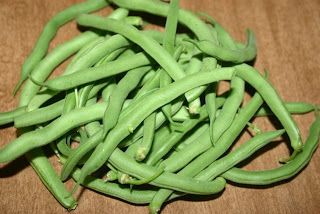Have you seen how people are using food coloring to dye white flowers? I have wanted to do this science experiment with my kids for a long time, but I just am too cheap to go out and buy white flowers.
When I noticed that we have a bunch of white(ish) wildflowers growing along the road that runs past our house, I thought they would be the perfect chance to give this idea a try. And, I was right. But I was wrong, too. Let me explain.
First, I will show you a picture of the “flowers” that we used. I knew they weren’t Queen Anne’s Lace because those usually bloom later in the summer. However, I assumed they were similar.
They seemed like they would be fine so I brought them inside and we did our experiment. When I was searching online to find the name of the “flowers”, I found that the plants we had used were not harmless flowers or weeds like I had first thought.
They were Poison Hemlock. Yikes! I was so glad that it was just my oldest daughter and I who had touched the plants. We suffered no ill effects and we all now know to avoid this plant.
I just thought I would give you a little warning about this plant. If you want to use free flowers then I suggest waiting for Queen Anne’s Lace to bloom. Otherwise, grow or buy some white daisies or carnations and steer clear of the Poison Hemlock.
Now, on to the experiment. I think I learned more than the kids with this one. 🙂
To color white flowers with food coloring you will need some white flowers and some vases or cups.
You will also need food coloring, water, and glasses or vases.
Add at least 10 drops of food coloring to about 1/2 cup of warm water.
Place the flowers in the glasses and wait. We kept one bunch of flowers in a glass with only water so that we could see the difference in the flowers with food coloring in the water and how they looked before the experiment.
After just a few hours our flowers started to change colors. By the next morning the color change was obvious and really quite pretty considering we used a poisonous plant.
The purpose of this experiment is two-fold. First, adding food coloring to the water shows how plants absorb water and how it is carried through the stem to the leaves and flowers. Secondly, this experiment shows how pollution can affect plants. While food coloring is not something plants need or would encounter under normal circumstances, it is still absorbed by the plants.
Have you ever tried this experiment with your children?











